Out in the latest Memoirs of the American Academy in Rome: Massimiliano Vitiello, ‘The “Fear” of the Barbarians and the Fifth-Century Western Chroniclers’, MAAR 66 (2021) 115-50.
Read in JSTOR open access.
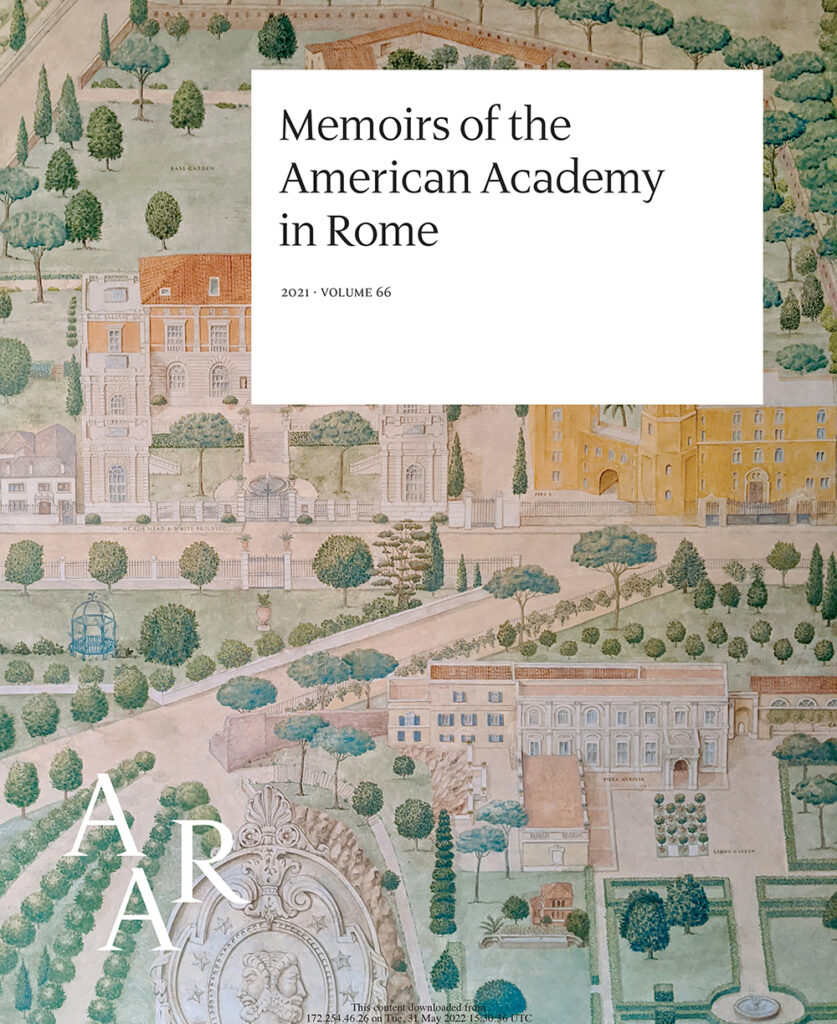
Out in the latest Memoirs of the American Academy in Rome: Massimiliano Vitiello, ‘The “Fear” of the Barbarians and the Fifth-Century Western Chroniclers’, MAAR 66 (2021) 115-50.
Read in JSTOR open access.

INVITATION TO THE DANCE
As a surprise, a full-blown classical piece for chorus and orchestra with this title from 1936 by the American composer Arthur Sheperd turned up in a recent haul through Google. It is set to the text of Sidonius’ ‘Age, convocata pubes’ in an adaptation by Howard Jones. Below the results of a first investigation, added to the Reception – Other – United States section of this website.
Who knows of a recording of this piece?
Arthur Sheperd (1880-1958), Invitation to the Dance for chorus and orchestra (1936) on a poem by Howard Mumford Jones (1892-1980) after Sidonius Apollinaris, Carm. 37 in Ep. 9.13.5 ‘Age, convocata pubes’:
Spread the board with linen snow.
Bid ivy and the laurel grow
Over it, and with them twine
The green branches of the vine.
Bring great baskets that shall hold
Cytisus and the marigold,
Cassia and starwort bring
And crocuses, till everything,
Couch and sideboard, all shall be
A garland of perfumery.
Then with balsam-perfumed hand
Smooth disheveled locks; and stand
Frankincense about, to rise —
An Arabian sacrifice —
Smoking to the lofty roof.
Next, let darkness be a proof
That our lamps with day may vie,
Glittering from the chamber’s sky.
Only in their bowls be spilled
Oil nor grease, but have them filled
With such odorous balm as came
From the east to give them flame.
Then bid loaded servants bring
Viands that shall please a king,
Bowing underneath the weight
Of chased silver rich and great.
Last, in bowl and patera
And in caudron mingle a
Portion of Falernian wine
With due nard, while roses shine
Wreathed about the cup and round
The cup’s tripod. We’ll confound —
Where the garlands sway in grace
From vase to alabaster vase —
All the measures of the dance;
And our languid limbs shall glance
In a mazy Mænad play.—
Step and voice shall Bacchus sway,
And in garment let each man
Be a Dionysian!
See William S. Newman, ‘Arthur Sheperd’, The Musical Quarterly 36,2 (1950) 159-79, esp. 172; Archives West, entry ‘Arthur Sheperd’, Choral works 9.1; WorldCat, entry ‘Invitation to the dance’. Text from Philip S. Allen, The Romanesque Lyric, with renderings into English verse by Howard M. Jones, University of North Carolina Press, 1928, reprinted in An Anthology of World Poetry, ed. Mark Van Doren, New York, 1928, p. 453-54, where Sheperd may well have found it; also available here and here.

Eryn Ford received her MA degree in Classical Studies at the University of Ottawa with a thesis on the principles of organisation of Ruricius’ letter collection. Sidonius is omnipresent.
Download it here
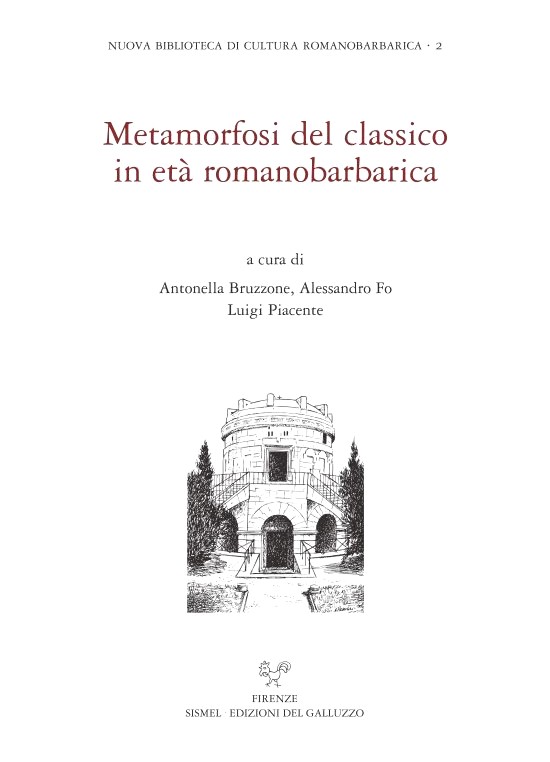
Joop van Waarden has published the second part of his series on ‘You and I’ in epistolary usage: ‘Symmachus and the Metamorphosis of “You and I” in Epistolary Usage’, in: Antonella Bruzzone, Alessandro Fo and Luigi Piacente (eds), Metamorfosi del Classico in età romanobarbarica, Nuova biblioteca di cultura romanobarbarica 2, Florence: Sismel–Galluzzo, 2021, 145-61.
Info volume here
The first, and central, part of this series is chapter 13 in the Sidonius Companion: ‘“You” and “I” in Sidonius’ Correspondence’ (pp. 418-39). The third part is to follow soon: ‘A Gentleman Weighs His “You” and “I”: Inclusion in the Letters of Faustus, Mamertus Claudianus, Ruricius, Avitus and Ennodius’, in: Veronika Egetenmeyr and Tabea L. Meurer (eds), Gallia docta? Learning and Its Limitations in Late Antique Gaul. Proceedings of the International Conference Greifswald, 17.03.2021 – 20.03.2021, Tübingen: Mohr Siebeck.

Gavin Kelly has put out the first ever edition of the paratexts of Sidonius’ panegyrics and carmina minora: ‘Titles and Paratexts in the Collection of Sidonius’ Poems’, in: Antonella Bruzzone, Alessandro Fo and Luigi Piacente (eds), Metamorfosi del Classico in età romanobarbarica, Nuova biblioteca di cultura romanobarbarica 2, Florence: Sismel–Galluzzo, 2021, 77-97.
Info volume here
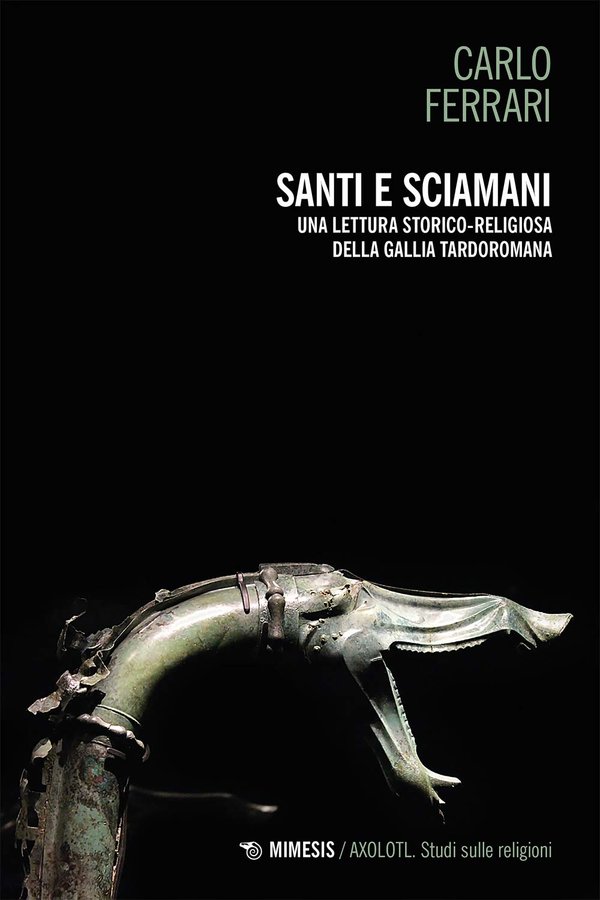
Carlo Ferrari argues for the re-emergence of Celtic – and, in fact, Eurasian – religiosity in Gaul in the upheaval of late antiquity: Santi e sciamani. Una lettura storico-religiosa della Gallia tardoromana, Sesto San Giovanni: Mimesis, 2022. See the publisher’s catalogue.
The book is an adaptation of Ferrari’s PhD thesis ‘Observatio paganorum: pratiche e comportamenti religiosi nella Gallia tardoantica (IV-VI secolo d.C.)’, Florence, 2019, which is available in open access here.
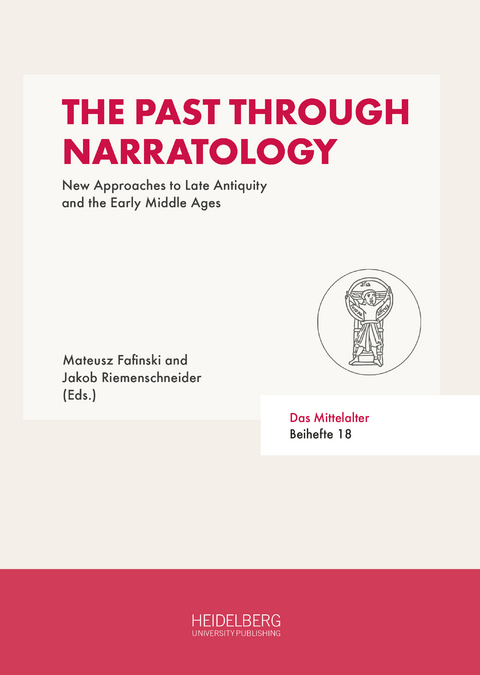
Just out by Veronika Egetenmeyr: ‘Constructing Emotions and Creating Identities: Emotional Persuasion in the Letters of Sidonius Apollinaris and Ruricius of Limoges’, in: Mateusz Fafinski and Jakob Riemenschneider (eds), The Past Through Narratology: New Approaches to Late Antiquity and the Early Middle Ages, Das Mittelalter Supplements 18, Heidelberg: Heidelberg University Publishing, 2022, 75-92.
Download here (open access)
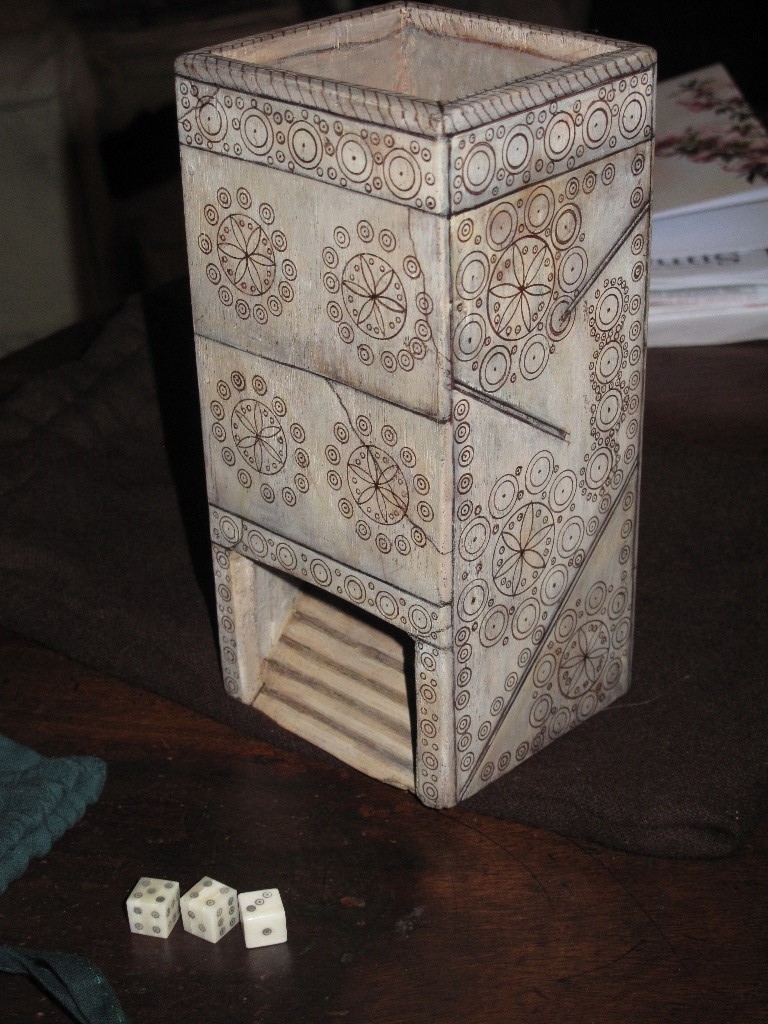
Roland Cobbett, ʻThe Colliton Park Dice Tower and Others Made of Wood and Bone’, Lucerna 58 (2020) 10-13, discusses dice towers (turricula, pyrgus) for rolling dice, mentioning the one at Ep. 8.12.5 tessera frequens eboratis resultatura pyrgorum gradibus among others.
Website Lucerna for download
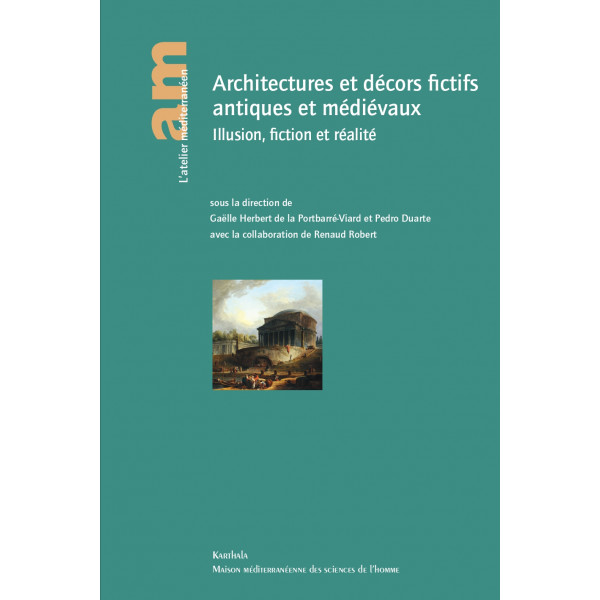
Luciana Furbetta writes on ‘Les architectures, les décors et l’image dans les écrits de Sidoine Apollinaire entre mémoire, création littéraire, imagination et réalité. L’exemple de la domus Aurorae dans le carmen 2,407-435’ in Gaëlle Herbert de la Portbarré-Viard and Pedro Duarte (eds), Architectures et décors fictifs antiques et médiévaux. Illusion, fiction et réalité, Paris: Karthala, 2022, 139-77.
Go to the publisher’s catalogue
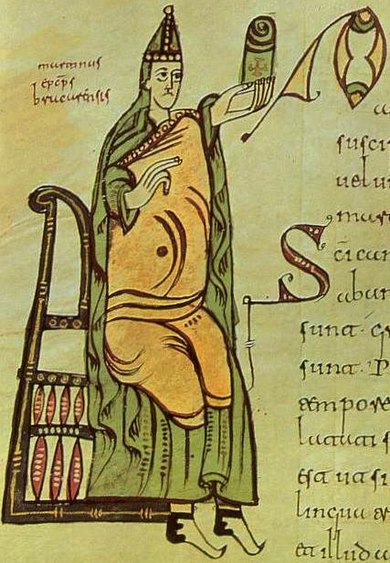
Sidonius’ reception is among the issues touched upon by Florin Curta in ‘Pseudo-Martin of Braga and the Slavs: A Re-Examination of the Poem In Basilica’, in: Andrew Cain and Gregory Hays (eds), Omnium magistra virtutum. Studies in Honour of Danuta R. Shanzer, Turnhout: Brepols, 2022, 115-39.
Read in Academia
For the volume in Brepols’ catalogue, go here